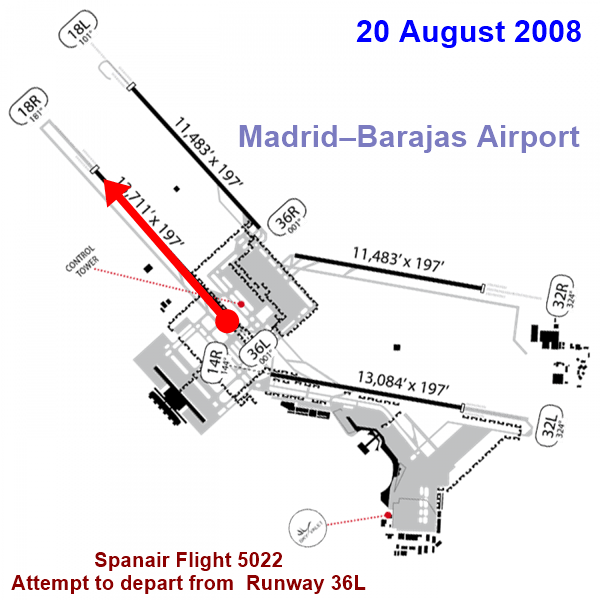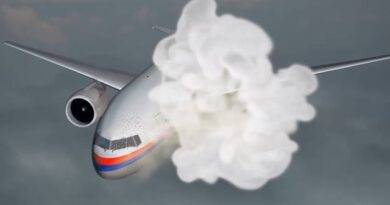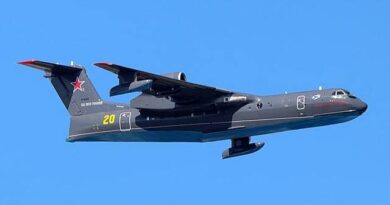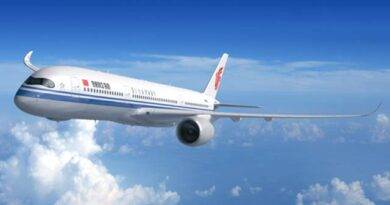Spanair Flight 5022
Spanair Flight 5022 was a scheduled domestic passenger flight from Barcelona–El Prat Airport to Gran Canaria Airport, Spain, via Madrid–Barajas Airport. The aircraft was a McDonnell Douglas MD-82, registration EC-HFP. The flight took off from Madrid–Barajas Airport at 14:24 CEST (12:24 UTC) on 20 August 2008.
The aircraft was carrying a total of 172 people. The flight was initially delayed due to a technical problem. The pilots had canceled the first takeoff attempt due to excessive temperatures in the ram air temperature (RAT) probe. The plane was escorted to a parking lot, where maintenance personnel turned off the RAT probe’s heater. Because icing was not expected during the flight, the aircraft was allowed to fly with an inoperative RAT probe heater. The accident occurred during the second takeoff attempt.
While second takeoff, the aircraft crashed just outside the airport perimeter, impacting the ground next to the runway. (We may call this a runway excursion) The crash killed 154 people, including both pilots and injured 18.

The investigation into the crash found that the pilots had failed to configure the flaps and slats for takeoff. This caused the aircraft to stall shortly after takeoff, resulting in the crash.
The flaps and slats are high-lift devices that extend from the wings of an aircraft. They help to increase the lift produced by the wings, which is necessary for takeoff. In the case of Spanair Flight 5022, the pilots failed to extend the flaps and slats to their full extent. This resulted in the aircraft not having enough lift to maintain altitude after takeoff, and it crashed shortly thereafter.
The investigation also found that the pilots had made a number of other errors, including:
- They failed to follow the checklist for takeoff.
- They did not communicate effectively with each other.
- They did not recognize the signs that the aircraft was stalling.
The combination of these errors led to the crash of Spanair Flight 5022. The crash was a major tragedy, and it led to a number of safety changes in the aviation industry.
Here are some of the safety changes that were made as a result of the crash:
- Airlines were required to implement new checklist procedures for takeoff.
- Pilots were required to undergo additional training on the importance of configuring the flaps and slats for takeoff.
- New warning systems were installed in aircraft to alert pilots if the flaps and slats are not extended to their full extent.
The Spanair Flight 5022 crash was a reminder of the importance of following checklist procedures and communicating effectively during critical phases of flight. The safety changes that were made as a result of the crash have helped to prevent similar accidents in the future.
References – Spanair Flight 5022
en.wikipedia.org/wiki/Spanair_Flight_5022
https://admiralcloudberg.medium.com/the-devil-in-the-routine-the-crash-of-spanair-flight-5022-38c457a28512
https://simpleflying.com/spanair-flight-5022-crash-anniversary/
Featured image source: By Gerry Stegmeier – http://www.airliners.net/photo/Star-Alliance-(Spanair)/McDonnell-Douglas-MD-82/1385072/L/, GFDL 1.2, https://commons.wikimedia.org/w/index.php?curid=18758054


